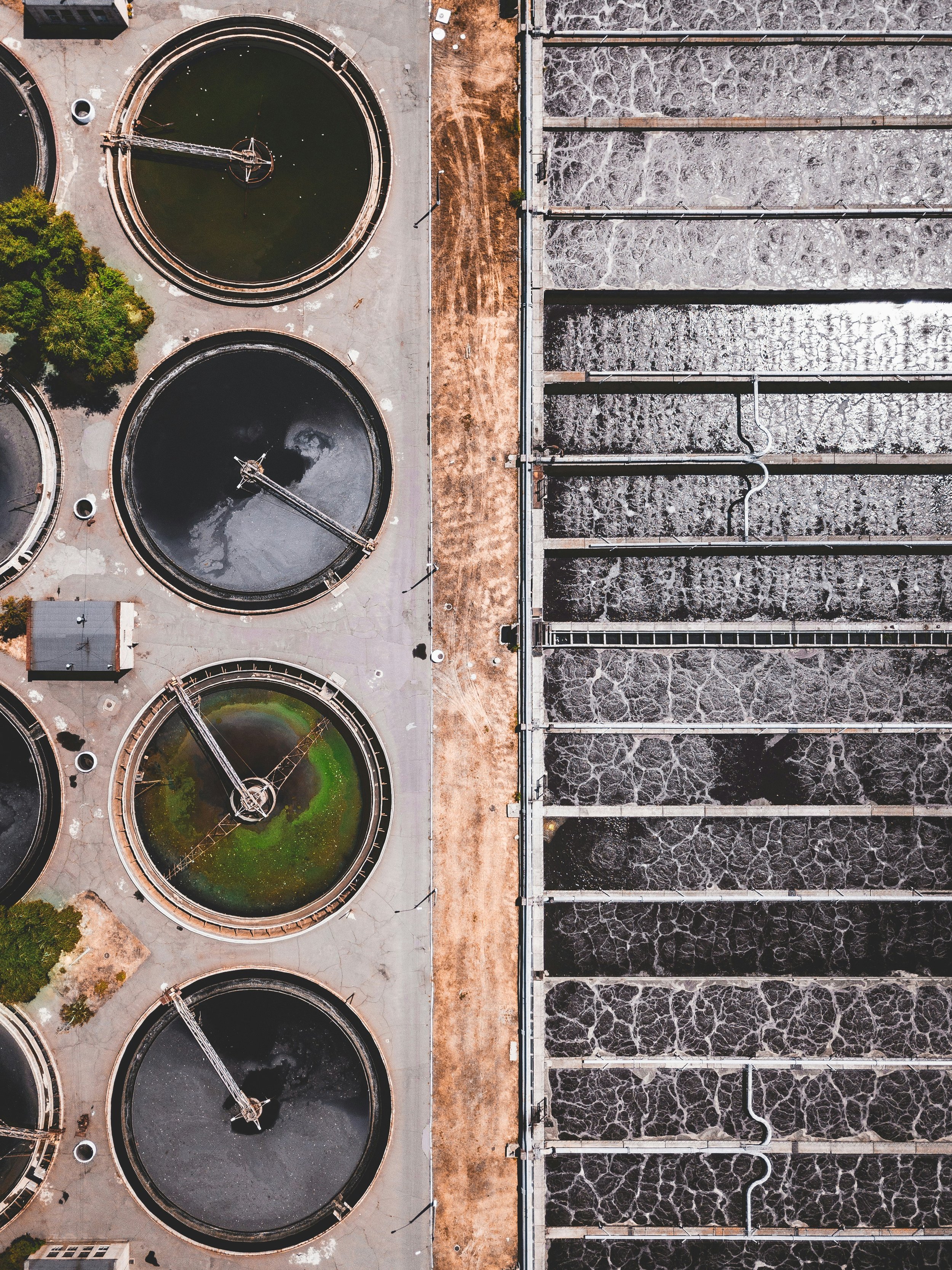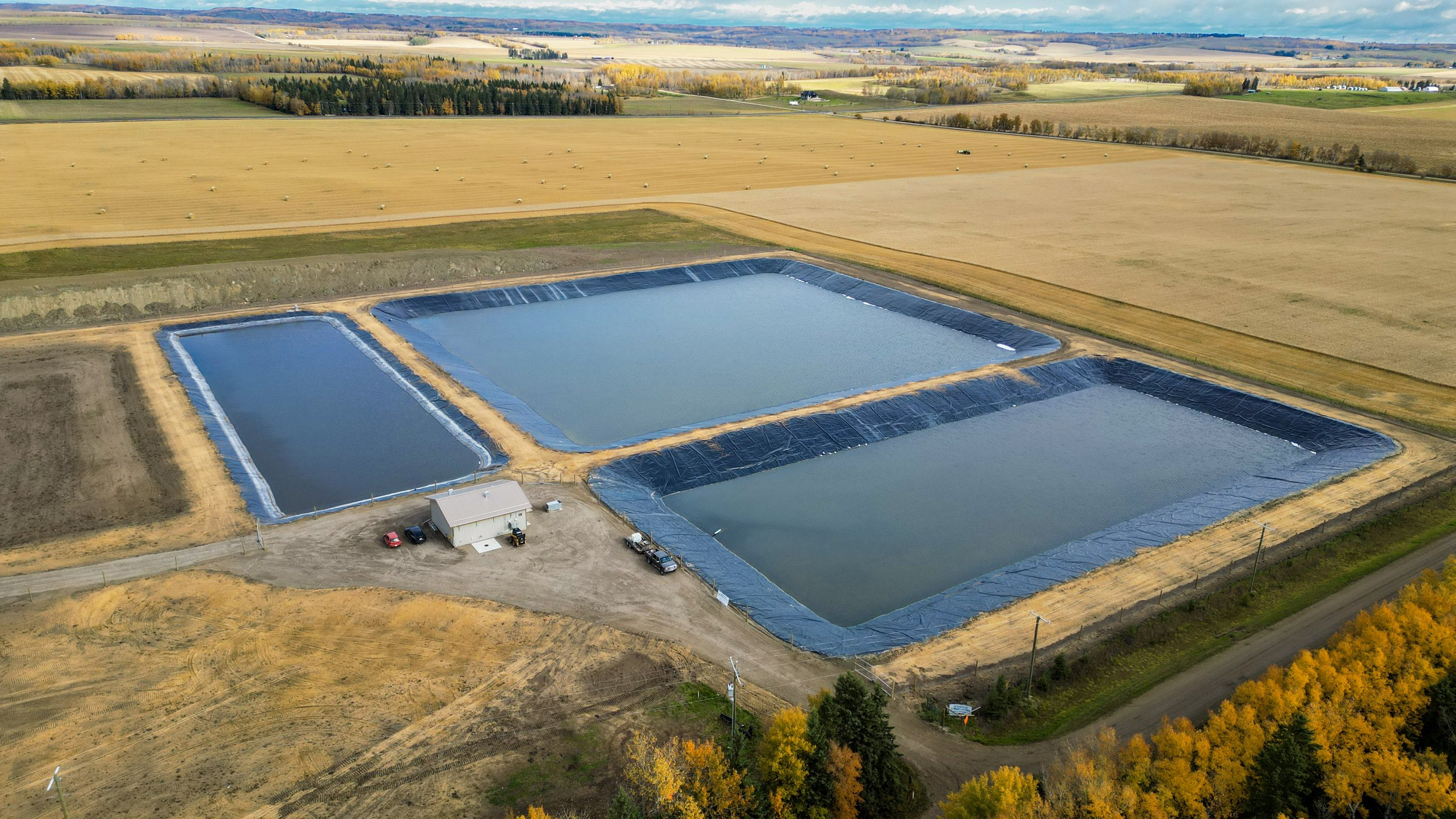MAGNA’S Poop Don’t Stink: Wastewater Treatment Options and the MBWS™
Not many people like to think about wastewater. We flush our toilets and rarely stop to think about where the water goes or how it effects the environment – this is why wastewater engineers are invaluable to our society.
MAGNA has waded into the waters of wastewater treatment, using constructed wetlands as a nature-based treatment solution. We think about wastewater, so others don’t have to.
Our engineers have developed the MAGNA Biofilter Wetland System (MBWS™) as a nature-based solution to wastewater treatment. It is the perfect answer for smaller communities that have stringent water discharge requirements, or with lagoons that can’t meet future growth expectations.
How Wastewater Treatment Works
Wastewater treatment typically has three main stages:
Did you know that toilet water only accounts for approximately 1% of all wastewater?
Other sources of wastewater include:
✔ Sinks
✔ Showers
✔ Bathtubs
✔ Washing machines
✔ Dishwashers
✔ Air Conditioners
✔ Car Washes
✔ Breweries
✔ Food Production
Solids Removal: This process removes bulky solids large items, and inorganic debris from the wastewater to protect pumps and equipment within the treatment system. The removed waste is then disposed of.
What is a solid exactly? There are many other things that need to be removed from wastewater before it’s treated, and we call these solids. This includes things like tampons, condoms, “flushable” wipes, sticks, and rags .
Treatment: Wastewater treatment can consist of either just aerobic treatment or a both aerobic and anaerobic treatment:
Aerobic Treatment: Oxygen is introduced into the wastewater, accelerating the growth of aerobic bacteria and microorganisms that break down organic material and nitrify ammonia within the wastewater.
Anaerobic Treatment: After the oxygen is used up in the wastewater, anaerobic bacteria and microorganisms can grow. This process breaks down the organics into methane gas and carbon dioxide. This step can be noxious, producing potentially hazardous gases like hydrogen sulfide (H2S).
Effluent Disposal: After the wastewater goes through the appropriate treatment stages, the treated water can be released back into the environment. In many municipalities, treated wastewater is discharged into surface waterbodies, like rivers or creeks.
Why Does Wastewater Treatment Smell So Awful?
Wastewater is not entirely composed of toilet water (although you would think it was, based on the amount of poop jokes we make in our office), but it is the first thing that most people think about when wastewater is mentioned. Everyone recycles their groceries, and everyone’s poop smells. That is because the organic matter is broken down by the microorganisms and the biochemical process produces or releases gasses like hydrogen sulfide, ammonia, and volatile organic compounds which can result in overpowering odours.
The strength of these odours emanating in the community is dependent on many factors, including the treatment method. In the next few paragraphs, we’ll go over the types of wastewater treatment and how the smell can impact the community.
Types of Traditional Wastewater Treatment Facilities
Mechanical Treatment
There are many different types of mechanical wastewater treatment options, also know as activated sludge treatment. Each of these options use various mechanical appliances to aid the various stages of wastewater treatment. Typical mechanical options include but are not limited to:
Sequencing Batch Reactors (SBR)
Moving Bed Biofilm Reactors (MBBR)
Membrane Bioreactors (MBR)
These facilities are typically located in large population centres, with large volumes of wastewater, stricter discharge requirements, and less available footprint. Due to the amounts of wastewater that they must treat, these facilities are designed to conduct treatment quickly. They are relatively odourless, and communities won’t always realise that they are there
The issue with mechanical facilities lies with their expense. These systems are costly to build and they incur high operation and maintenance costs. This is due to their requirements for sludge disposal, large amounts of electricity, and significant maintenance. This high expense allows the treated water to be of high and consistent quality, typically allowing for continuous discharge into nearby waterbodies.
The downside of mechanical plants is that the sludge that is removed from the wastewater frequently ends up as a waste product that goes to landfills.
Lagoons
This type of wastewater treatment facility (WWTF) is typically found in smaller communities where more land is available. Lagoons are essentially man-made ponds that hold the wastewater from the sanitary sewer network and allow natural biodegradation processes to take place. Typical designs without aeration include anaerobic, facultative and storage cells. Anaerobic treatment occurs in both the anaerobic cells and lower portion of the facultative cells, where microorganisms break down the organic materials in the water. Aerobic conditions occur in the surface waters.
In aerated lagoons, the typical design consists of a completely mixed aerated cell, partially mixed aerated cells, and then a polishing cell. In both cases the water is tested to ensure it meets its water quality standards, before being discharged intermittently into nearby waterbodies (typically once or twice a year).
Lagoons are a less expensive treatment solution for communities, and they require much less maintenance than a mechanical treatment solution. However, they consume a large footprint, can be odorous, aerated systems have high power demands, and the water they house is kept out of the local ecosystem for an extended period.
The MAGNA Biofilter Wetland Treatment System (MBWS™)
The MBWS™ is a revolutionary wastewater treatment system that can be directly retrofit into existing public utility lots within communities, where regulations allow. The modular system takes up a fraction of the space of a lagoon and ensures that all biochemical processes are conducted underground. This results in no sewage smell from the subsurface treatment cells and no disruption to the surrounding community. Additionally, the MBWS™ costs significantly less than a mechanical wastewater treatment facility throughout its lifecycle.
How It Works
Step 1 - Screening: Wastewater is screened in the enclosed headworks building. The removed debris and organics are then disposed of in the landfill*.
Step 2 – Pumping: Wastewater is batched into the first treatment wetland at regular intervals.
Step 3 – Aerobic Treatment: Wastewater drains through the Vertical Biofilter (VBF), where aerobic treatment occurs. Air is introduced using passive windmills between batches of wastewater with willow tree roots providing paths into through the sand, supporting the aerobic microbes growing in the substrate.
Step 4 - Anaerobic Treatment: The wastewater flows from the VBF to Horizontal Subsurface Flow Wetland (HSSFW). Here the water completely saturates the treatment media, depleting the oxygen from the treatment system.
Step 5 – Effluent Disposal: The treated wastewater is discharged into a storage lagoon to be used for non-potable re-use OR the treated water is discharged into a local stream or river.
The MBWS™ does not use any additional chemicals in treatment. Our treatment is accomplished through natural processes.
The MBWS™ in Action
There are two communities that are currently using the MBWS™ to treat their community wastewater.
The City of Estevan MBWS™ Demo Project (2024 – Ongoing) was designed as a demonstration project to ensure the MBWS™ could meet provincial wastewater requirements for discharge prior to implementing a full-scale design.
The Clearwater County Leslieville MBWS™ (2023 – Ongoing) was the first MBWS™ to be built. This project confirmed that a nature-based solution can be used by small to mid-sized communities to treat wastewater and discharge into receiving streams.
Upcoming Projects
The Moresby MBWS™ Pilot Project is currently being designed by our wastewater team for the City of Prince Rupert. The system is a revolutionary modular system that will be built above ground in a tank in the centre of the City. The system will screen and treat a small percentage of the community’s wastewater before it is discharged back into their sanitary system. When the system proves to be successful, the City of Prince Rupert intends to build several of these modular systems throughout the city, to ensure that no untreated water is discharged into the ocean.



